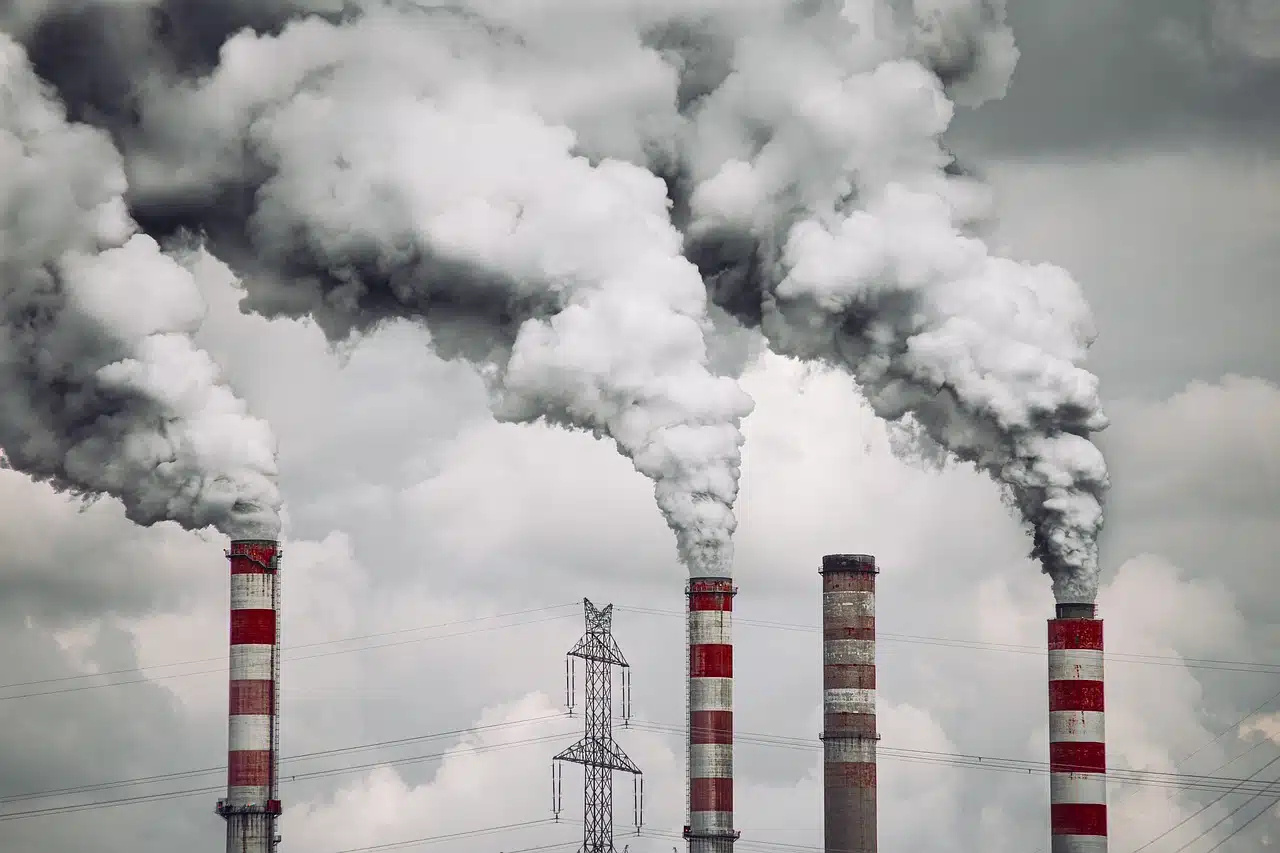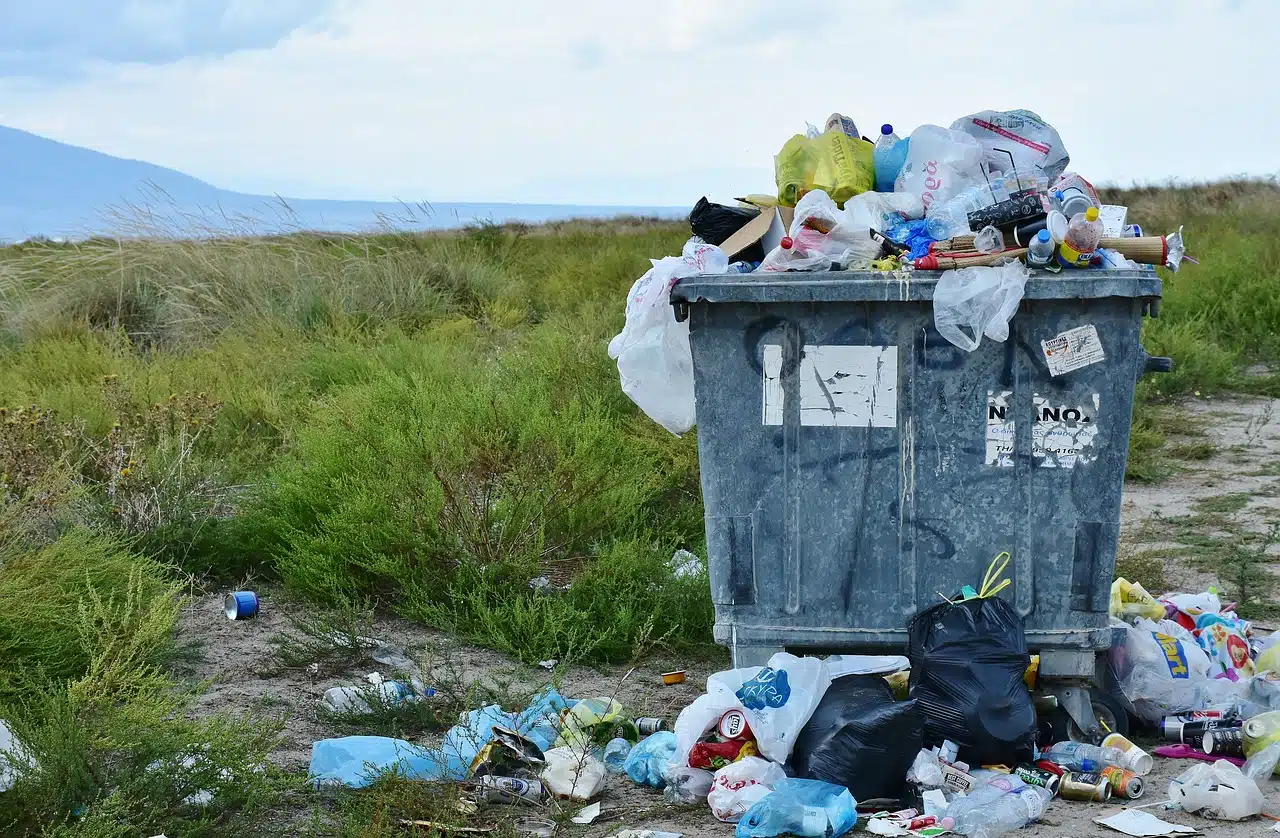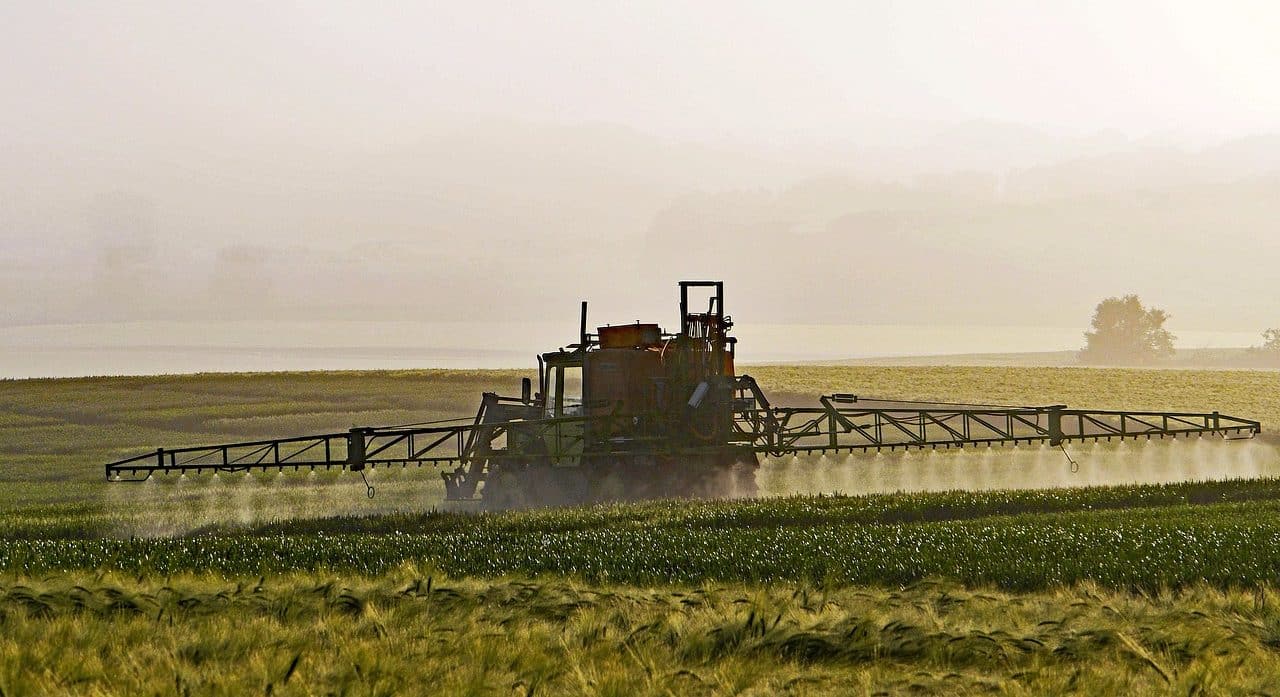
A harmful modification or one that threatens the purity of something is called contamination.
Pollution is the action and effect of contaminating . The term comes from the Latin contaminatĭo . The verb contaminate, for its part, is used to refer to the harmful alteration of the purity or normal conditions of a thing or a medium by chemical or physical agents .
To contaminate is also to alter the form of a word or text due to the influence of another; pervert and corrupt faith or customs; and desecrate or break the law of God .
What is pollution
Pollution is the introduction of a contaminant into any medium. The most common use of the term occurs in the field of ecology with what is known as environmental pollution , which is the presence in the environment of any agent (physical, chemical or biological) in places, forms and concentrations that can be harmful. for the health , safety or well-being of the population .
The dynamics of pollutants is responsible for studying the action of these agents from the moment they are generated until their final disposal. Among the phenomena of dynamics appear dispersion , concentration , transfer and transformation .

Environmental pollution affects the environment and health.
Classification according to type
Regarding the classification of pollution depending on the affected environment, we can talk about atmospheric pollution , water pollution , soil pollution and noise pollution , among others.
Going a little further into analyzing the various types of pollution, we can establish that the so-called atmospheric pollution is that which, as its name indicates, consists of releasing a series of chemical substances into the atmosphere, resulting not only in it being modified but also to the occurrence of a serious risk to the health of any living being.
In this sense, we also have to explain that there is a lot of awareness of the need to care for and protect the environment from this type of pollution. For this reason, environmental sustainability projects and initiatives are emerging that reduce the levels of carbon dioxide ( CO2 ) that are released into the atmosphere with the clear objective of improving the quality of life of citizens.

The use of pesticides and chemical fertilizers generates pollution.
Other types of pollution
In the case of aquatic pollution, what occurs is the release of waste, such as garbage or wastewater, which reaches rivers and seas. Meanwhile, soil pollution involves the penetration of harmful chemicals into the soil. This usually results in soil erosion that also affects crops.
Noise pollution , on the other hand, is one of those that has taken on the most prominence in our current society. This is especially true in large cities around the world and it is there that any citizen is most exposed to not being able to fall asleep or not being able to carry out their life in a relaxed manner as a result of the noise of traffic or airplanes taking off. and they land at their airports, for example. Visual pollution also affects cities due to excess advertising posters and lights.
Finally, it should be noted that the classification of contamination based on the environmental polluting method can be chemical , radioactive , thermal , electromagnetic and microbiological , for example.
Its consequences
The consequences of environmental pollution are numerous. Air pollution , caused mainly by gas emissions from the burning of fossil fuels such as oil , coal and natural gas, generates smog that affects public health by causing respiratory diseases.
Deterioration of air quality due to suspended particles can cause asthma or lung cancer . It must also be taken into account that greenhouse gases generate global warming , which results in climate change with multiple effects on the well-being and even the survival of living beings.
Industrial waste, solid waste and other forms of pollution, added to actions such as overexploitation of resources and deforestation, can also leave species in danger of extinction and cause the loss of biodiversity .
Sometimes, pollution is associated with phenomena such as massive urbanization, overpopulation and intensive agriculture. Many decisions and behaviors of human beings, in this way, lead to unsustainable development . To reverse the situation, avoiding environmental degradation and a climate crisis, adequate waste management and promoting recycling are needed, in addition to the implementation of new non-polluting production processes. The key is that the progress of humanity does not threaten the development possibilities of future generations.
